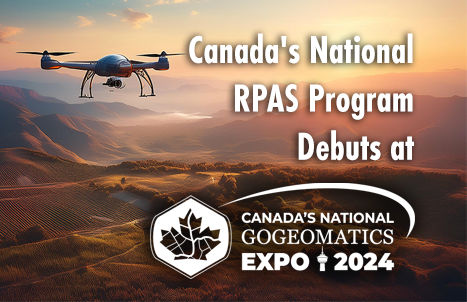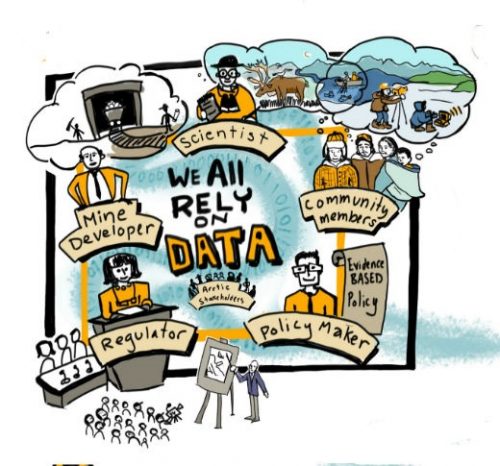Web Framework for Flood Risk Assessment: Elevation Services and Simplified Flood Models
The development of infrastructure and dense urbanization along water courses and the increasing severity of storm events has brought to focus the need for methods for evaluating the potential negative impact to communities. While many complex computer models exist for flood risk assessment, they are technologically sophisticated and intended, first of all, for use by a small number of technical and scientific expert experts. Regardless of how comprehensive and sophisticated the existing tools are, they cannot be fully adapted for the Canadian hazard and exposure settings and, in particular, do not fit the needs of the local non-expert public safety community and population living in hazard prone areas. In such situation, communicating flood risk to local stakeholders represents an even bigger challenge than computing it. There are three main components included in flood risk assessment: (a) flood hazard, (b) inventory of the built environment, and (c) depth-damage functions. Each of these components involves a number of parameters, unknowns and assumptions, and the uncertainties in each component propagate through to the results of any given risk assessment scenario. As such, to compute flood risk, users need access to input data, software to generate flood hazard and estimate risk, as well as a way to visualize and understand the results. Research in the GIS group of the Geodesy and Geomatics Engineering (GGE) Department at the University of New Brunswick, in collaboration with Natural Resources Canada, is currently investigating the feasibility of developing a web-based framework which applies simplified models, utilizes web data via open web services and allows non-expert users to simulate flood hazard, visualize risk, and assess uncertainty in the results.
We are currently testing and validating results derived from simplified flood water models to observed real events or those computed via complex hydraulic calculations determine their suitability for use in the web-based risk assessment application. The simplified models being tested include: (a) planar water surface using topography and horizontal flooded surface which includes watershed boundaries and river & streams data along with topography to generate flood inundation map, (b) storage cell approach (quasi-2D) which assumes uniform channel flow, while the floodplain is represented as a series of interconnected cells which store and spread data, and (c) constant discharge by interpolation between pre-computed flood water surfaces. In order to compute the flood extents, open elevation data services are being utilized. Across Canada elevation data is available through a number of on-line sources: Geogratis (http://geogratis.gc.ca/site/eng/extraction), Google through their Google Maps Elevation API (https://developers.google.com), and Bing Maps REST Services API (https://msdn.microsoft.com), as well, many communities have local level elevation datasets collected with LiDAR. Each of these services offer data at different resolution and with varying levels of accuracy.
As a precursor to the generation of flood inundation maps, the relative availability, accuracy and applicability of each of these services are being tested on a number of sites across Canada to determine their applicability for use in flood inundation simulations. Figure 1 (a,c,e) represent surfaces computed from elevation data for a small area surrounding the Town Plat in Fredericton, NB. The Geogratis data in this area has a cell size representing ~, Google approximately , while the LiDAR is the highest resolution data set, 90 per cell. The resulting flood depth grid computed using planar water surface (using the simple flood model) is shown in Figure 1 (b,d,f) for each of the elevation data. The Lidar dataset used from the City of Fredericton (http://www.fredericton.ca/en/citygovernment/DataMain.asp) only contains data for the south side (west) portion of the Saint John River in the shown area. These figures represent preliminary grids derived from the simplest flood model. We hope to achieve better results from the other simplified flood models and will adjust our query parameters to see if we can decrease the cell size of the elevation data obtained from web services as well as the inclusion of Bing and other elevation web services available. The accuracy of these grids will be compared against flood depth grids derived through robust, complex hydrodynamic modeling techniques.
For more information on this research and to find out about other flood hazard and risk assessment research being done in the GGE department please visit http://www2.unb.ca/~hmcgrat1.








